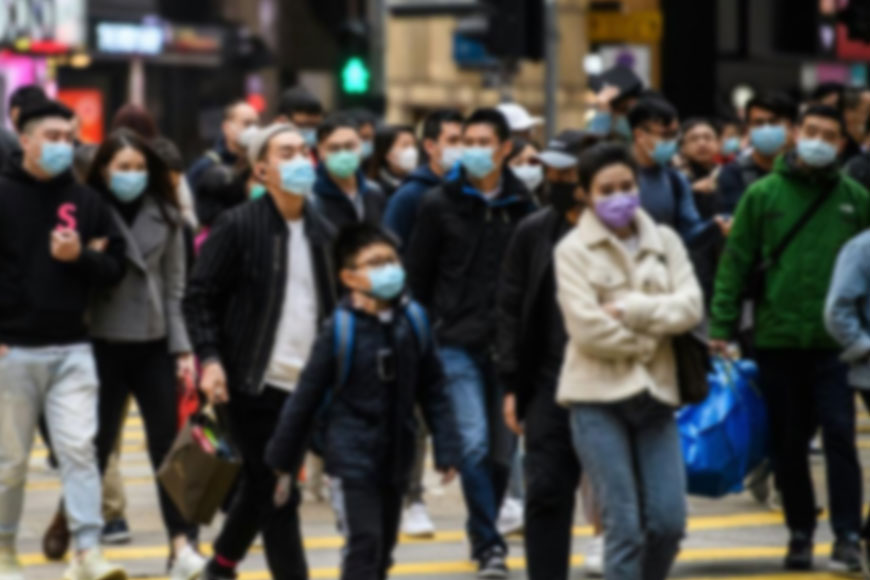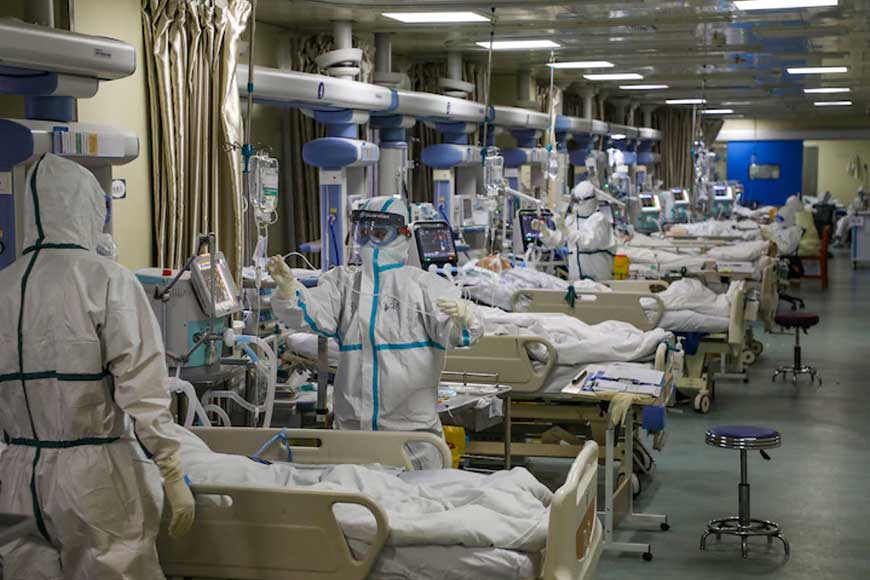How did the British tackle 1918 Flu Pandemic of Kolkata. Shall we do same with Corona?

As India wakes up to the sudden increase of Corona virus patients, a disease that has caused havoc across the world, killing thousands, we are often reminded of the 1918 Spanish flu pandemic that had ripped India and Kolkata, causing mass deaths. What is also interesting is the way the then British doctors and rulers handled the pandemic in an age when modern medicine or medical attention had hardly been so robust as today. The famous book A Life Misspent states the level of the ordeal, of how hundreds of dead bodies floated in the Ganges as there was not enough wood to cremate them. The Spanish flu was a form of influenza virus that was so potent that it was reported to have killed around 50 million people across the globe. In India alone between 1918-20 an estimated 18 million Indians lost their lives, from Bombay Presidency to Calcutta. Though this 1918 flu pandemic is almost a lost chapter in history, ironically Asia that seems to have forgotten it is again being bombarded with a new viral epidemic --- Corona.

The 1918 flu first appeared in India in June that year and first was reported from Bombay, then spread to Punjab and modern Uttar Pradesh, finally appearing in Kolkata. Just like Corona entered India through foreign travel, the then flu pandemic also entered India through infected war troops returning from Europe. Interestingly, the pandemic lost much of its steam as it travelled from Bombay to Calcutta and scientists believe it probably happened due to the virus strain weakening as it hit the Calcutta coast or as more Calcuttans lived indoors that those in Bombay. The pandemic was so shocking that even the British rulers did not know what to do and missionaries report there was mass scale hit on the economy has a majority of population of labourers and farmers could not work on the fields as they were either sick or dead. This led the British to seriously consider the medical system in India.
Way back in 1764, the British had established medical services in Calcutta for their troops and officers of East India Company that provided western medicines in face of the usual Ayurveda practised in Calcutta. There were 4 head surgeons, 8 assistant surgeons and 28 helpers. By 1775, they established Hospital Boards and by 1785, several medical departments were set up in Bengal and Madras. But the flu pandemic of 1918 unnerved the British Crown and they passed a special law in 1920-21 known as Municipality and Local Board Acts with legal provisions for advancement of public health in all provinces. In 1937, they set up The Central Advisory Board of Health along with a Public Health Commissioner who looked after the sanitation and vaccination programmes too. In the districts of Bengal, Madras and Bombay, the British appointed a medical officer called Civil Surgeon whose duties were to inspect district and rural health system. We all know in 1835 Calcutta Medical College was established, after the flu pandemic it was opened to ‘natives’ and Indian trained doctors and medical service men were inducted. In 1930, the All India Institute of Hygiene and Public Health was established in Calcutta and in 1939, the first Rural Health Training Centre was established in Singur.









